Directors

Samuel Pierpont Langley
The first director of SAO was Samuel Pierpont Langley (1834-1906). Langley was the third person to become Secretary of the Smithsonian Institution and since he was an astrophysicist by training it was natural that he would establish an observatory on the Smithsonian grounds.
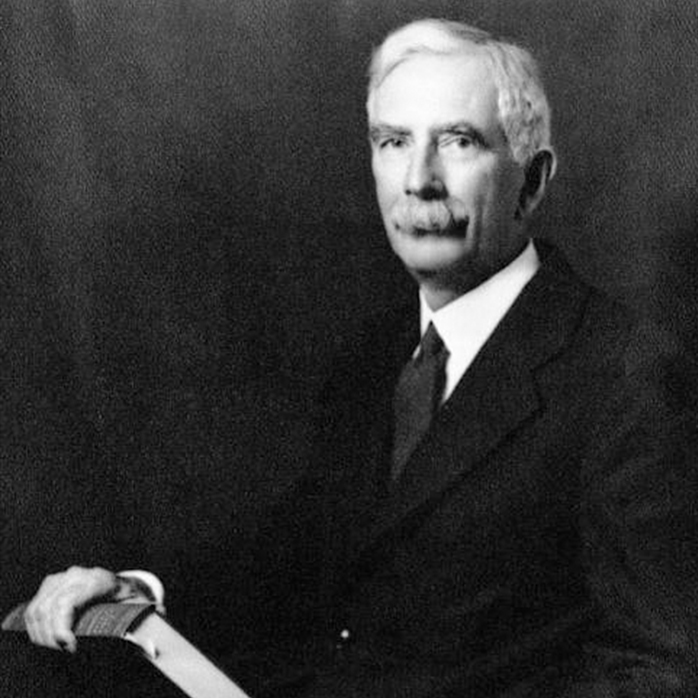
Charles Greeley Abbot
In 1895 Langley hired Charles Greeley Abbot (1872-1973) to work on the study of the Sun, and particularly the measurement of the 'solar constant', the amount of solar energy incident on the Earth - now a critical quantity for modern studies of climate change. Langley's invention of the bolometer laid the foundation for these measurements and his data were used in the first studies of the greenhouse effect. Abbot became SAO's second leader on Langley's death in 1906 and continued SAO's research in solar physics, establishing SAO observing stations around the world.

Loyal Aldrich
SAO's third director was Loyal Aldrich, who took over in 1944 after Abbot's retirement until his own retirement in 1955. Aldrich had been Abbot's assistant since 1908 and continued the solar constant studies together with W.H. Hoover.
60 Garden Street, Cambridge, MA
By 1955 the dramatic expansion of modern astrophysics was leaving tiny SAO behind, with solar physics seen as a backwater. To rejuvenate the Observatory, Harvard's Fred Whipple was hired, bringing SAO into the space age.Fred accepted the job on condition that the Observatory came to him, rather than the other way around. He argued presciently that a close association with a university would be critical in making SAO a lead player in the astronomical community. SAO duly packed up and arrived in Cambridge for a new phase of its existence, moving in to the Harvard Observatory's Garden Street location, but retaining its separate organization.
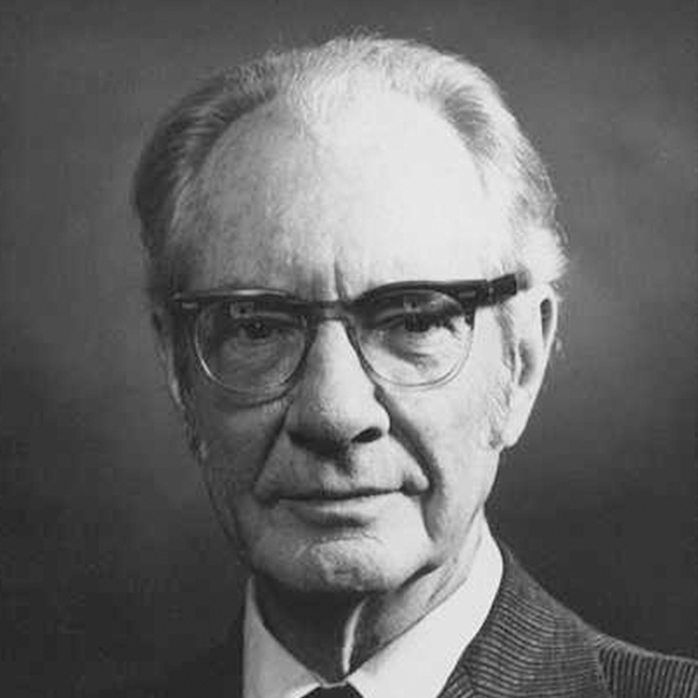
Fred L. Whipple
Fred Whipple had been deeply involved in the US space program since its tentative beginnings in the New Mexico desert in 1946, launching captured German V-2 rockets with scientific instruments in their nose cones. Anticipating the new era, he led the development of a worldwide system of satellite tracking and satellite orbit determination. So, when Sputnik was launched, SAO was ready, and became the center in the U.S. for information about when the next satellite would fly overhead, catapulting the institution into the national awareness. Although the satellite tracking program was SAO's most publicly visible face during the 1960s, the era also saw an expansion of the Observatory's research into solar system studies, stellar physics and theoretical astrophysics. The study of comets became the work that Whipple himself is most remembered for. Meanwhile, as SAO shut down the last of its solar observation stations in 1962, HCO took on the solar physics legacy with its participation in NASA's Orbiting Solar Observatories. Read more...
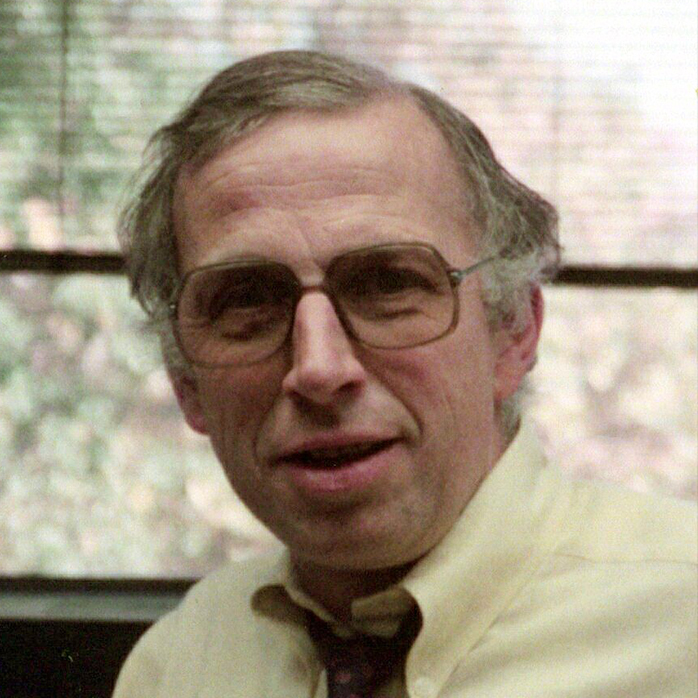
George Field
1973 was a milestone year in our history, with the creation of the Center for Astrophysics. Theorist George Field became the director of both SAO and HCO and the research programs of the two institutions were merged. At around the same time Riccardo Giacconi's X-ray astronomy team from the MIT spinoff company American Science and Engineering, which had recently flown the first X-ray satellite Uhuru, came en masse to SAO to form the core of CfA's High Energy Astrophysics Division, which then went on to develop the Einstein Observatory satellite which flew from 1978 to 1981. The Multiple Mirror Telescope started work in Arizona in 1979 to give SAO a top-class ground based observatory. By this time the CfA was acknowledged as one of the main astrophysics research institutions in the world, and the flood of purple-covered preprints emanating from Garden St (in the days before astro-ph) were a familiar sight in astronomy libraries everywhere.

Irwin Shapiro
Irwin Shapiro was SAO's sixth director and CfA's second from 1983 to 2004. Shapiro's background was in radio astronomy, and among the many projects undertaken with CfA's massive expansion during his tenure, the Submillimeter Array on Mauna Kea was his special child. SAO's contract with NASA to operate the Chandra X-ray Observatory, under the leadership of Harvey Tananbaum, led to further expansion of the organization; Giovanni Fazio's infrared camera on the Spitzer observatory gave us a well-rounded space portfolio while projects such as the CfA Redshift Survey underscored our role in the ground-based studies. The solar telescopes built by the High Energy and Solar/Stellar divisions, flown on Spartan, SOHO and TRACE, brought SAO full circle with a newly dynamic solar research program.
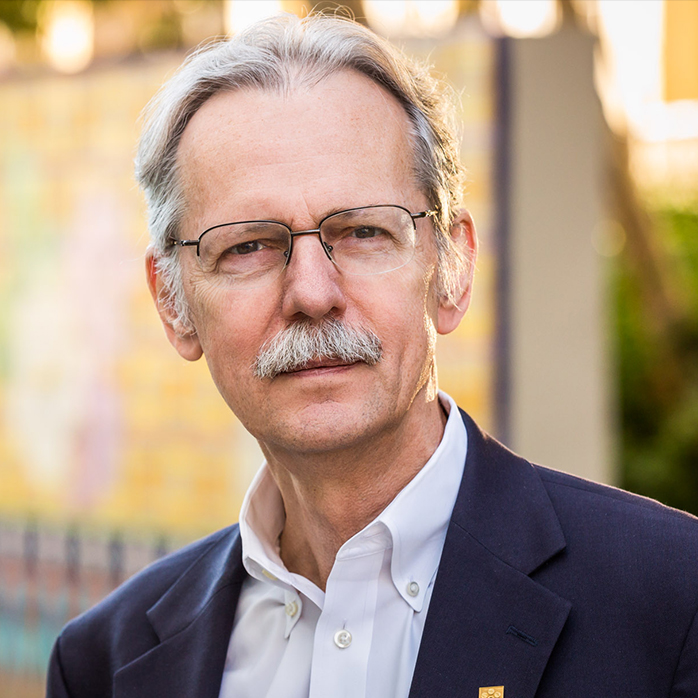
Charles Alcock
Charles Alcock is the former director of the Center for Astrophysics | Harvard & Smithsonian, a position he held for 17 years from August 2004 to January 2022. Charles remains a Professor of Astronomy at Harvard University and a Senior Scientist at the Smithsonian Astrophysical Observatory. He was the Principal Investigator for the Taiwan-America Occultation Survey and previously the MACHO Project, an international project involving scientists from seven institutions in the US, Australia, Canada, and Britain.
His research interests include large astronomical surveys, the outer solar system, cosmic dark matter, astronomical data mining, and virtual observatory technologies. He earned his PhD in Astronomy from the California Institute of Technology (1977) and a BSc (Hons) in Physics from the Auckland University, New Zealand (1972).
Major CfA milestones under Charles' tenure include capturing the first image of a black hole in 2019; building and launching the Solar Probe Cup, a solar wind-measuring instrument currently onboard NASA's Parker Solar Probe; and booking TEMPO, an air pollution monitoring instrument, a forthcoming ride to space.
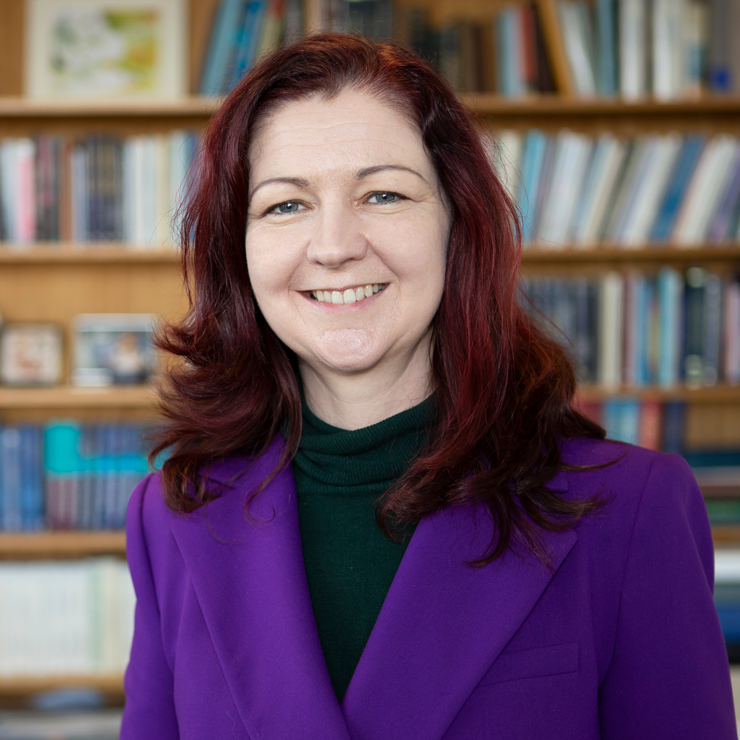
Lisa Kewley
Lisa Kewley was appointed director of the Center for Astrophysics on July 1, 2022.
Lisa is an established world leader in the theoretical modeling and observation of star-forming and active galaxies. Her seminal contributions include understanding the gas physics in star-forming galaxies, understanding galaxies containing actively accreting supermassive black holes, and tracing the star-formation and oxygen history of galaxies over the past 12 billion years. Lisa’s most recent research combines stellar evolution and photoionization models with 3D integral field spectroscopy to understand the physical processes that transform galaxies.
Her research has been recognized worldwide. Among her many accolades, she is a recipient of the 2006 American Astronomical Society Annie Jump Cannon Award and the 2008 American Astronomical Society Newton Lacy Pierce Prize. She received the National Science Foundation’s most prestigious awards in support of junior faculty, the NSF Early CAREER Award (2008). She was named one of Astronomy Magazine's top 10 rising stars of Astronomy in 2009.
In 2014, Lisa was named one of the Australian Financial Review and Westpac 100 Women of Influence for innovation in her ambitious research program on the star formation and chemical history of the universe.